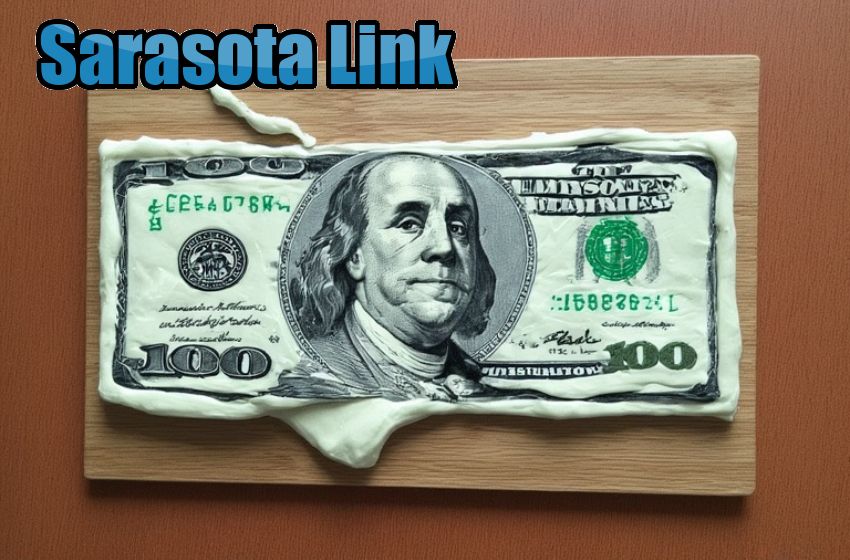Is the Dollar on the Economic Chopping Block for the Near Future?

As we navigate the ever-changing landscape of the global economy, many individuals are beginning to wonder: Is the U.S. dollar facing an uncertain future? For readers of the Sarasota Link, understanding the potential impact of fluctuations in the dollar is essential not just for economic awareness, but also for making informed financial decisions in this shifting environment.
Historically, the U.S. dollar has been recognized as the world’s primary reserve currency, a status that grants it considerable strength and stability. However, recent developments have raised questions regarding its position on the global stage. Analysts and economists are closely observing factors such as inflation rates, government debt, and international trade agreements that could influence the dollar’s value in the coming months.
Inflation is a significant concern; it has surged to levels not seen in decades. While a bit of inflation is considered normal for a growing economy, the current rates have prompted fears of an overstressed financial system. If inflation continues unchecked, the Federal Reserve may be forced to take aggressive actions, potentially leading to increased interest rates. While higher interest rates often strengthen the dollar, there is the risk of causing economic slowdowns, which could destabilize long-term growth prospects.
Another pivotal factor is the mounting government debt. The national debt of the United States continues to rise, making some investors apprehensive about the sustainability of the dollar. While the U.S. has always met its debt obligations, concerns about excessive borrowing could eventually undermine confidence in the dollar. If other countries begin to see the dollar as a riskier asset, this could lead to a shift toward alternative currencies or commodities, such as cryptocurrencies or gold, as a safer haven.
Moreover, the geopolitical landscape plays a crucial role in the dollar’s future. With the emergence of new economic powers and alliances, there are discussions around diversifying global currency reserves. Nations like China and Russia are actively seeking to reduce their reliance on the dollar for international transactions. If key players in the global economy turn to alternative currencies, such as the euro or the yuan, the dollar’s dominance may be challenged, impacting its value.
But it’s not all doom and gloom for the dollar. The resilience of the U.S. economy, characterized by its innovation, wealth of resources, and robust consumer market, could help maintain confidence in the dollar. Additionally, the dollar’s status as the world’s reserve currency continues to support its global demand, providing a buffer against dramatic fluctuations.
In conclusion, while there are legitimate concerns about the future of the U.S. dollar, labeling it as being on the economic chopping block may be premature. The interplay of various economic indicators and geopolitical factors will shape the dollar’s trajectory in the near future. For those residing in Sarasota and beyond, staying informed and adaptable in the face of economic changes can be crucial. Monitoring trends and understanding the implications of currency fluctuations will empower individuals to make wise financial choices as they navigate these uncertain waters. The dollar’s fate remains uncertain, but vigilance and awareness will be key to navigating whatever lies ahead.




